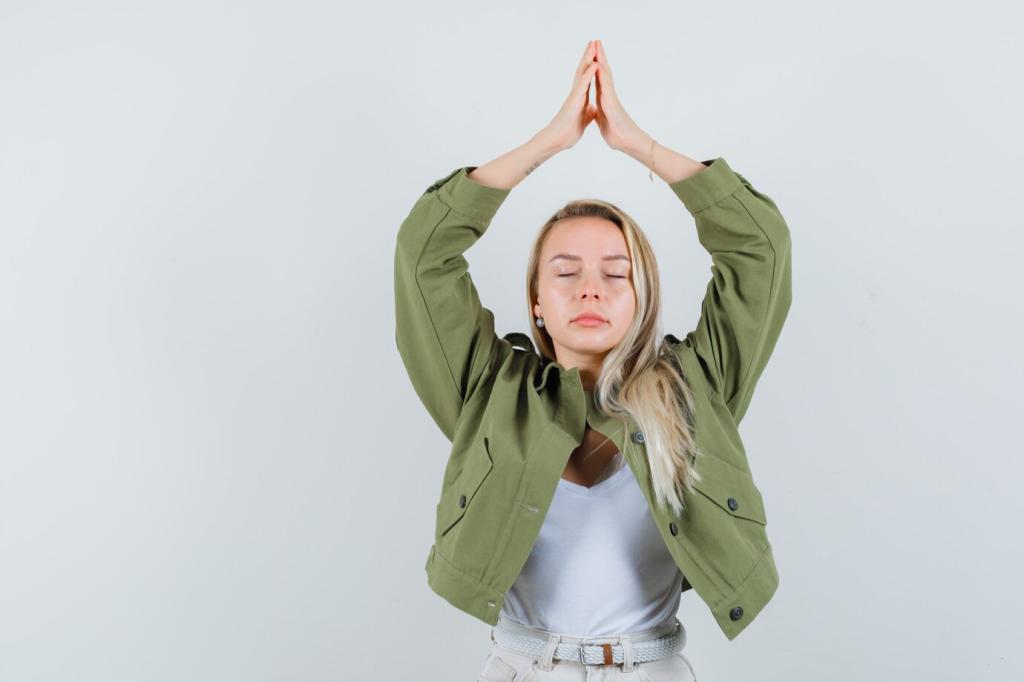Keep It Going: Tracking Impact and Building Momentum
Before and after each walk, rate stress from one to ten and jot one sensation you noticed. Over two weeks, patterns emerge. You’ll see when, where, and how walking meditation most reliably soothes your body and clarifies your mind.
Keep It Going: Tracking Impact and Building Momentum
Look for earlier recovery after setbacks, easier sleep onset, or fewer spiraling thoughts. These subtle gains often appear before big changes. Share your signals in the comments to encourage others and gather ideas for refining your own routine.






